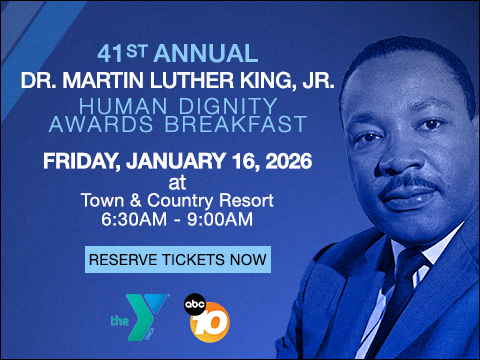SAN DIEGO (KGTV) - SANDAG proposed their updated 2021 Regional Plan to the board on Friday. Before showing their plan to the board, they took into consideration over 1,500 public comments.
Out of the 30 different topics this plan breaks down, eight of them had the most changes. The most important were transportation projects and their phasing, how this will be implemented, and presenting their final plan on Dec. 10.
During SANDAG's Friday board meeting, the biggest changes came to how they would fund their project. They are hoping to raise $172 billion from seven different sources.
In a graph created by SANDAG, the differences between the draft presented in May, and what was suggested on Friday. About $33 billion will come from the state, $31 billion from local government, and $31 billion from the federal government.
Future sales tax revenue went up to $28 billion. The per mileage tax revenue was the largest decline to $19 billion. SANDAG said they would start charging drivers that tax in 2030.
However, San Diego County citizens felt this was unfair.
"It does turn every single road into a toll road it converts every private vehicle into a tracking device," one county resident said.
"I'm speaking to ask you to reconsider or make exemptions for," furthered another resident. "Activities for elderly, disabled, families, people who need to get their cars and certainly can't afford to pay extra."
Board members were also torn on this issue.
"The concern for working people who must use the roads and highways for their work and have excessive miles compared to someone who would commute to and from a place of work," City of Del Mar Mayor Terry Gaasterland, said. "We really have to think about how to balance this."
SANDAG's CEO Hassan Ikhrata explains, "Nobody is going to be worse off and no one is going to pay a price because they failed, etc., etc."
SANDAG is also asking for $19 billion from managed lanes, like tolls. They are also asking for $11 billion from Transnet.
As far as how the per-mile tax will be tracked and charged, and if exceptions could be made for certain people, there has not been a clear answer as to how.
However, the Director of Planning and Land Use, Coleen Clementson, suggested ideas on how other factors could be weighed.
"Anything from income to maybe those who have long-distance travel to let's say the more rural parts of the county," Clementson said.
As for transportation projects, this chart highlights all of the expected changes and when they will need to be completed. SANDAG said projects already in the works will reduce greenhouse gas emissions by 6.8%. But this proposal is put into effect, is expected to reduce it by 20.4%.
Another concern is implementation. According to SANDAG, currently, only 3.4% of county residents use transit. They are projecting that by 2035, 11.6% of residents will use transit. They believe that by 2050, that number could be 13%.
Some board members like the city of Poway Mayor Steve Vaus, believe it is not a plan that welcomes everyone.
"Now comes the promise of free transit paid with for a mileage tax, a tax which is going to increase everyone's cost of living, whether they drive or not," states Mayor Vaus. "The irony is if you do coerce drivers to use transit you won't collect enough mileage tax to cover the cost of free transit"
SANDAG said they just need approval.
"This is a blueprint, this is a vision, it's the direction the region is headed," Clementson said. "And when the board adopts this plan you are telling us let's go forth and how can we make this reality."
SANDAG will release their final Regional Plan on Nov. 30. SANDAG's board is expected to vote on the plan on Dec. 10.





